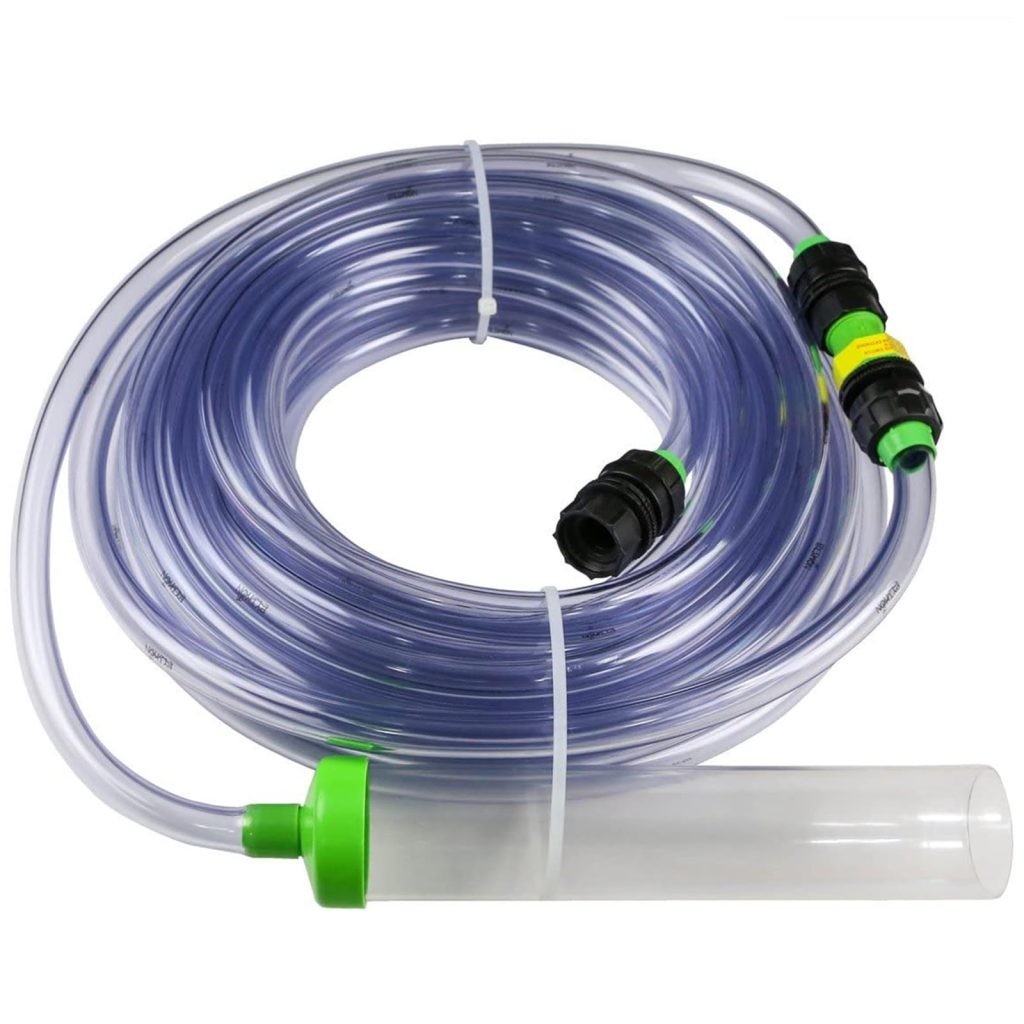
The datetime module in Python is a fundamental tool for working with dates and times. With this module, you can create objects that represent specific moments in time, manipulate those objects, and format them for display. The module provides classes for manipulating dates and times in both simple and complex ways. Whether you need to calculate the start and end of a week, determine the number of days between two dates, or convert a timestamp to a human-readable format, datetime can handle it all.
At the core of the datetime module are the date, time, and datetime classes. The date class represents a date, independent of time, the time class represents a time, independent of date, and the datetime class combines both date and time information. For calculating the start and end of the week, we’ll mainly be working with the datetime class.
To use the datetime module, you must first import it into your Python script. Here’s a basic example:
import datetime # Get the current date and time now = datetime.datetime.now() # Print it print(now)
This code snippet will print the current date and time in the format YYYY-MM-DD HH:MM:SS.mmmmmm. With this as our starting point, we will explore how to use the datetime module to calculate the start and end of a week.
Calculating Start of the Week
In order to calculate the start of the week, we need to determine what day of the week it currently is and then subtract the appropriate number of days to get back to Monday, which is commonly considered the start of the week. In Python’s datetime module, Monday is represented by 0 and Sunday by 6. This can be retrieved using the weekday() method on a date object.
Here’s an example of how you can calculate the start of the week:
import datetime
# Get the current date and time
now = datetime.datetime.now()
# Calculate the start of the week
start_of_week = now - datetime.timedelta(days=now.weekday())
# Print it
print("Start of the week:", start_of_week)
The timedelta class is used to represent a duration, the difference between two dates or times. In the example above, we subtract the number of days that have passed since the last Monday from the current date to get the start of the week.
If you need the start of the week to be a different day, you can adjust the calculation accordingly. For instance, if you think Sunday as the start of the week, you would subtract one less day:
# Calculate the start of the week with Sunday as the first day
start_of_week_sunday = now - datetime.timedelta(days=(now.weekday() + 1) % 7)
# Print it
print("Start of the week (Sunday as first day):", start_of_week_sunday)
By using the modulo operator %, we ensure that the calculation wraps around correctly if now.weekday() returns 0 (Monday).
It is important to note that the start_of_week variable will have the same time component as the now variable. If you need to set the time to the beginning of the day (00:00:00), you can do so by replacing the time component:
# Set the time to the beginning of the day
start_of_week = start_of_week.replace(hour=0, minute=0, second=0, microsecond=0)
# Print it
print("Start of the week at the beginning of the day:", start_of_week)
Now you have a datetime object representing the start of the week at the beginning of the day. With this knowledge, you can calculate time spans, schedule events, and perform other date-related operations in Python.
Calculating End of the Week
Similarly, calculating the end of the week requires adding the necessary number of days to the start of the week to reach the last day of the week, which is commonly considered Sunday. To do this, we can use the timedelta class again to add the days.
Here’s an example of how to calculate the end of the week:
import datetime
# Get the current date and time
now = datetime.datetime.now()
# Calculate the start of the week
start_of_week = now - datetime.timedelta(days=now.weekday())
# Calculate the end of the week
end_of_week = start_of_week + datetime.timedelta(days=6)
# Print it
print("End of the week:", end_of_week)
In the example above, we first calculate the start of the week, then add 6 days to reach Sunday, the end of the week. Again, the end_of_week variable will have the same time component as the start_of_week variable. To set the time to the end of the day (23:59:59), you can adjust the time component:
# Set the time to the end of the day
end_of_week = end_of_week.replace(hour=23, minute=59, second=59, microsecond=999999)
# Print it
print("End of the week at the end of the day:", end_of_week)
If you consider a different day as the end of the week, you can adjust the code accordingly. For example, if Saturday is the last day of your week, you would add 5 days instead of 6:
# Calculate the end of the week with Saturday as the last day
end_of_week_saturday = start_of_week + datetime.timedelta(days=5)
# Print it
print("End of the week (Saturday as last day):", end_of_week_saturday)
With these calculations, you can now determine both the start and end of the week, which will allow you to work with weekly data ranges in your Python applications.
Putting It All Together: Example Code
Now that we have an understanding of how to calculate the start and end of the week, let’s put everything together in a complete example. This code snippet will encapsulate the logic for calculating the start and end of the week into functions, making it reusable and easier to maintain.
import datetime
def get_start_of_week(date, start_day='Monday'):
days_to_subtract = (date.weekday() - get_weekday_index(start_day)) % 7
return date - datetime.timedelta(days=days_to_subtract)
def get_end_of_week(date, end_day='Sunday'):
days_to_add = (get_weekday_index(end_day) - date.weekday()) % 7
return date + datetime.timedelta(days=days_to_add)
def get_weekday_index(day_name):
days = ['Monday', 'Tuesday', 'Wednesday', 'Thursday', 'Friday', 'Saturday', 'Sunday']
return days.index(day_name)
# Get the current date and time
now = datetime.datetime.now()
# Set the time to the beginning of the day for start of week
start_of_week = get_start_of_week(now).replace(hour=0, minute=0, second=0, microsecond=0)
# Set the time to the end of the day for end of week
end_of_week = get_end_of_week(now).replace(hour=23, minute=59, second=59, microsecond=999999)
# Print the results
print("Start of the week:", start_of_week)
print("End of the week:", end_of_week)
In the code above, we define two functions: get_start_of_week and get_end_of_week. Each function takes a datetime object and an optional argument to specify the start or end day of the week. We’ve also created a helper function get_weekday_index to convert the day name to its corresponding index, making our code more readable and flexible.
By encapsulating this logic into functions, we can now easily calculate the start and end of the week for any given date, and we can adjust the definition of the week’s boundaries by simply changing the start_day and end_day parameters when calling the functions. This approach makes our code modular and adaptable to different use cases.
With these tools, you now have a robust solution for working with weekly date ranges in your Python projects. Whether you are building a calendar application, scheduling system, or any other date-sensitive application, you now have the capabilities to handle weekly calculations with ease.






